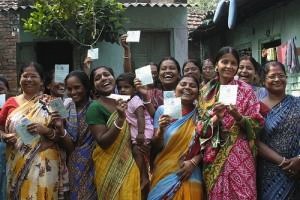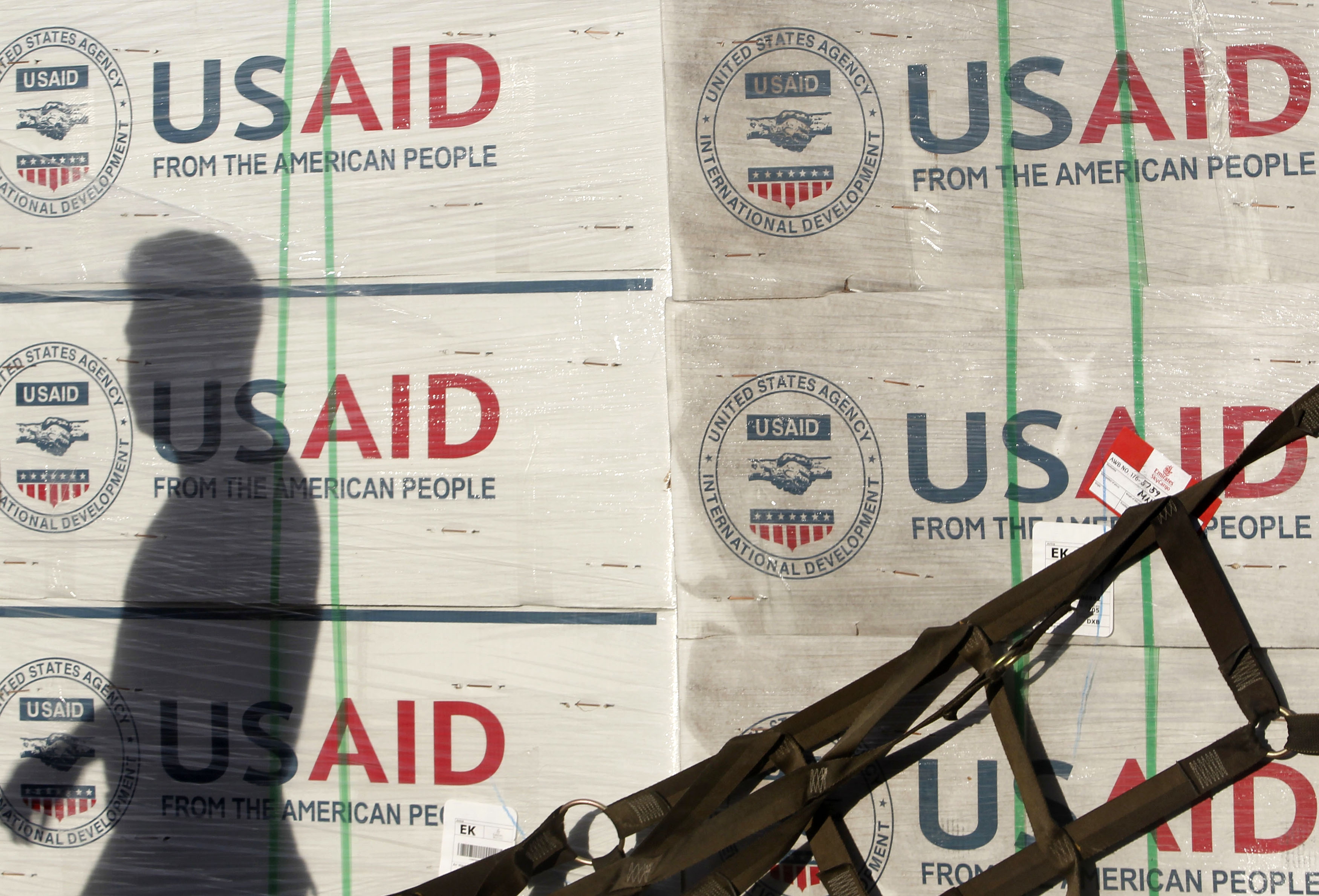By: Virginia McNally
Anyone looking to make a charitable donation has encountered the vast number of opportunities to support the global microcredit initiative. Even those not considering supporting these efforts have probably heard of them. Take Kiva for example. Anyone can create an online account, shop for individuals to support and then finance a loan all in a matter of minutes. From Jordan to Kenya to Peru, individuals have been the beneficiaries of loans from comparatively well-off strangers looking to make a difference.
It is safe to say that microcredit is a hot trend, maybe even THE hot trend in development and poverty alleviation. Not only is it accessible to the average western donor, but it is also accessible to those who live great distances away from the nearest bank, those who would never get a loan, even if they tried. A number of factors prohibit individuals from qualifying for loans, such as being female, lacking a steady income, or just being, frankly, too poor. Those who praise microcredit cite the inclusive nature of mini-loans and their ability to promote equality while also empowering the poor.
Virtually anyone can start a microcredit organization. Beyond the big ones like Kiva or The Grameen Bank, there are countless organizations providing loans of $100 or less to those most in need of financial support to cover basic necessities. And why should we worry about this proliferation of microcredit? Individuals can make one-time single loans, and more importantly groups such as The Gates Foundation can donate millions of dollars to be divided up in tiny segments. Donations are not depleted as they run through organizations with high operation costs, and the hands of government never touch funds earmarked for the poor. Microcredit is attractive because it is easy, direct and shows tangible results.
Or does it?
Microcredit has recently exhibited a few symptoms of a phenomenon that has grown too much, too fast with too little monitoring. As early as 2009 the The New York Times reported that the positive effects of microcredit were not as vast as indicated by the hype. Most criticism at that time has focused on the fact that microsavings in addition to microcredit is the safest way to ensure effective empowerment of the poor. Some microcredit organizations operate within the model that requires loan recipients to save a certain amount that will then be matched in full. This has proven more effective than those simply giving loans on the condition that they will be paid back and used for their intended purposes.
In 2011 criticism began to take a different tone, and this time it came from governments. In India, SKS Microfinance had grown tremendously in its home state, Andhra Prades, but the government began criticizing microlenders by describing them as loan sharks out to imprison the poor in debt. Shortly after this wave of criticism, SKS stock decreased to 70% of its original value. Borrowers had simply stopped repaying loans. Around the same time in Bangladesh, Muhammad Yunus, the pioneer of the modern system of microloans, was not allowed to remain the managing director of The Grameen Bank because the government tried him on corruption charges. Although the trial was largely a result of politics, Yunus has been the subject of scrutiny regarding international bank accounts.
Though these two criticisms may be unfounded or motivated by political situations, for every well-intentioned microlender there are those who seek to turn a profit from lending to the poor. This is a dangerous situation, and given that most microlending goes on in the developing world where monitoring institutions are weak if they exist at all, there are few ways to stop predatory microlenders from exploiting those desperate for loans.
In a response to an article by Nicholas Kristof in The New York Times, Terry Provance, executive director of Oikocredit U.S.A. wrote:
“When microfinance banks maximize profits, push loans on borrowers who can’t afford them, generate overindebtedness and move away from the original and primary mission to reduce poverty, they replicate banking practices that have contributed to the global recession. Socially responsible microfinance institutions will always maintain a positive role for economic development and poverty alleviation.”
While this statement serves to defend those well-intentioned lenders, it also supports a more recent criticism of microfinance. Just as Provance noted, microcredit initiatives are not immune to the weaknesses found in first-world markets and banking systems. These issues are actually magnified when they occur in the developing world because the poor have no cushion when it comes to financial loss.
Now, the most recent critique of microcredit is shocking. According to a working paper from the Center for Global Development, microfinance may have actually been making little to no impact on poverty alleviation. It is a fact that the less-poor are more likely to have taken microcredit at some point, and for many years it was assumed that microcredit lifted the extremely poor out of the lowest levels of poverty. Now, studies suggest that the less-poor are more likely to have taken microcredit because they are better prepared to do so. In general, household incomes have not increased as a result of microcredit and many are not enjoying a better standard of living after receiving a loan.
With the recent increase in mobile technology that has allowed for mobile banking (discussed here), the need for microlenders may decrease as access to technology spreads. For many, access to a bank account would make as much of an impact (if not a greater impact) as receiving a small loan. Also, as microcredit continues, it needs to be supported by other institutions such as microinsurance. To be clear, microcredit still has a place in development and poverty eradication, but it should be revaluated and buttressed in order to best serve the poor.
By putting the recent criticism of microcredit in context with the overall development trends, we see a continued pattern. Esther Duflo at MIT noted in 2009 that: “There is this temptation from people like us who are in the business of selling ideas to come up with some ideas that will meet with some market demands and therefore will happily provide solutions with scientific respectability.” There is not one solution to poverty. There are not two solutions to poverty. As there are endless aspects and causes of poverty, so there are endless solutions. No solution works alone. Just as those who come up with ideas to end poverty look for one solution, those who make policy choices look for one solution. This is dangerous, especially without appropriate data and experimentation. Duflo suggests that tactics to end poverty need to be evaluated in an experimental environment and tested at the level of scientific theories. The name of her organization, The Poverty Action Lab, reinforces her emphasis on scientific testing.
As more criticism and data on microcredit is released, it is important that we look to improve microcredit and support it with other initiatives to reduce global poverty. No method of poverty alleviation should be trendy, putting the poor at greater risks than they already face every day. While it is important to be aware of poverty and what is being done about it, it is even more important to scientifically evaluate development strategies before they are put in place, potentially harming the poor.
